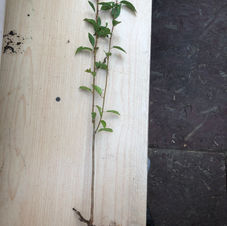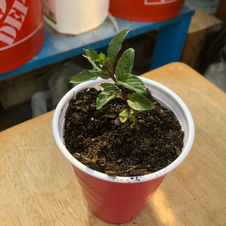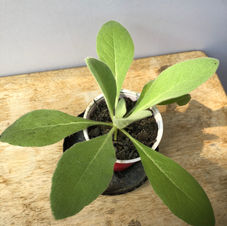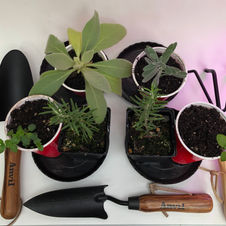
When I was in middle school, my uncle gave my grandmother a baby yellow cherry plum tree. I had fun planting it in her backyard, and I was very excited when it started producing plums a few years later. As the tree grew older, I learned about its unique ability. As the roots grew outward, they produced multiple shoots that would pop up and grow around the original plum tree. Each of these shoots had the potential to become a new tree.
In 2004, I bought my first house. It was a ranch-style fixer-upper that reminded me of my grandmother's house. That following year, while visiting my grandmother, I dug up one of the plant shoots and brought it home. It was about a foot high and had a 3-inch root piece attached.

I planted my shoot in the fall and saw its first signs of life at the beginning of spring. Over the years, I learned more about yellow cherry plum tree shoots and their growth cycle. Once the shoot is planted, the existing leaves usually fall off and grow back, depending on the time of year. For example, if the shoots are planted in early spring or summer, the leaves will usually grow back by the end of summer or early fall that same year.
If the shoots are planted in late summer or fall, they will usually begin their dormancy process and resume regular growth the following spring.

As my plum tree grew over the years, I used some of its shoots to grow more yellow plum trees. Currently, I have one big yellow cherry plum tree, two medium size trees and two small trees. I love having them in my yard because they consistently remind me of my grandmother. They also give me lots of fruit and shoots. In this post I included pictures of a few of my trees and fruit over the past two years.










